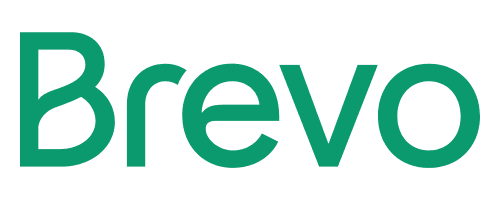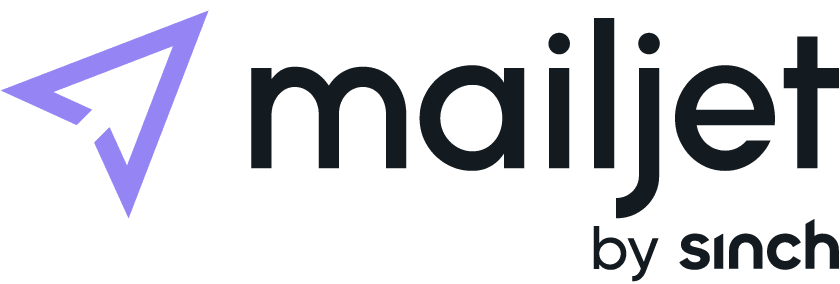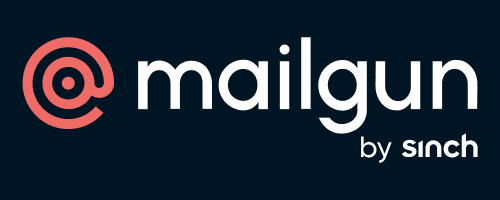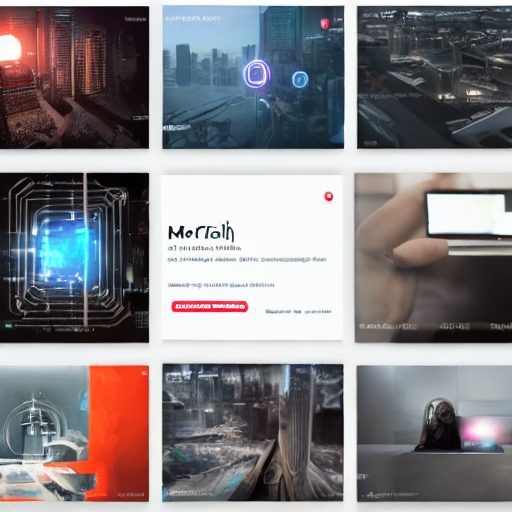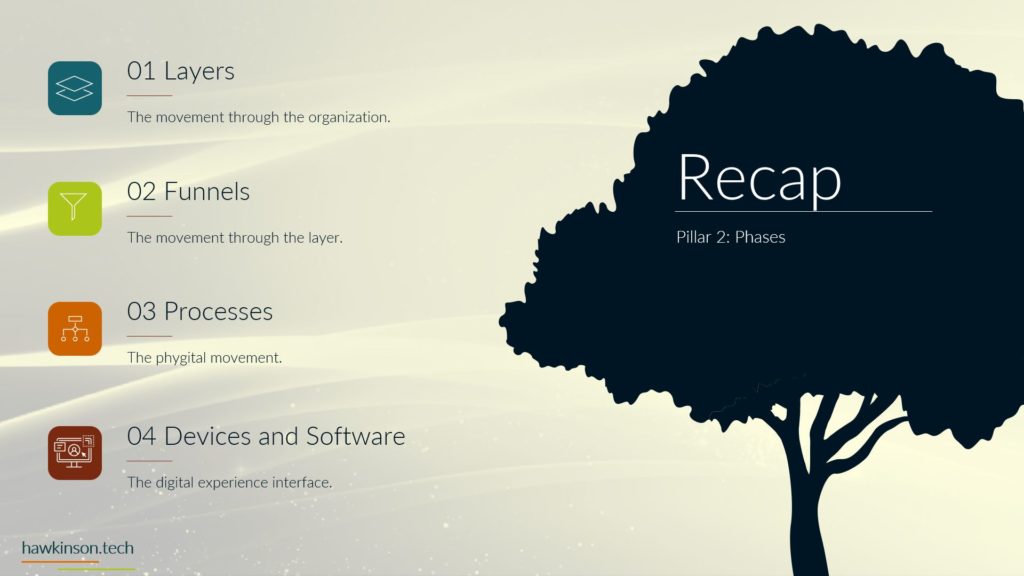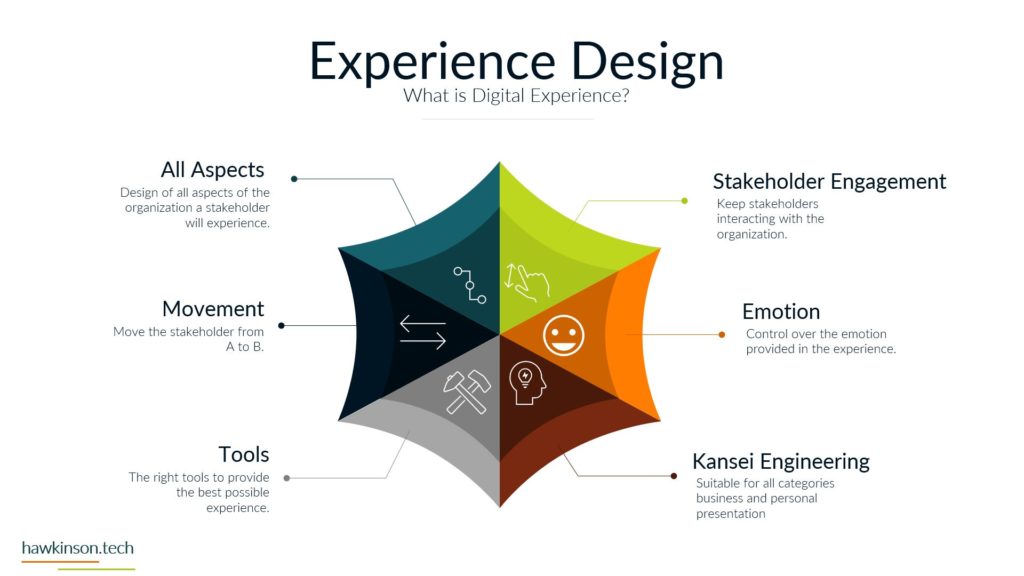As businesses continue to embrace the digital era, understanding the intricacies of the digital experience becomes crucial for success. In this article, we will delve into the second pillar of digital experience foundations: the phases and layers of the digital organization. By comprehending how elements move through different layers of the organization, we can create a seamless and efficient digital experience that leaves a lasting impact on users and stakeholders.
The Phases of the Organization
In the fast-paced digital landscape, businesses must navigate various stages of movement to ensure a successful digital journey. These stages, known as the phases of the organization, form the foundation of a well-structured digital experience. Let’s explore each phase in detail:
Understanding the Phases of the Digital Organization
Inward Movement: Introducing Activities and Elements
The first phase, inward movement, involves entering activities and elements into the organization. This phase may encompass users and stakeholders joining the company, suppliers collaborating with the business, or the introduction of new devices to the organizational ecosystem. Recognizing and optimizing this phase is vital for creating a smooth and welcoming digital experience for all stakeholders.
At-the-Organization: Processes and Operations Within
At-the-Organization, the second phase, focuses on activities and processes within the organizational framework. It encompasses vital processes such as job recruitment, stakeholder engagement, and internal operations. Streamlining this phase ensures a well-organized digital landscape that fosters collaboration and productivity.
Outward Movement: Transition and Departure
The final phase, outward movement, deals with activities or elements leaving the organization. It includes users exiting the company, devices being removed from the organizational framework, or suppliers concluding their partnerships. Optimizing this phase ensures a seamless transition and a positive digital encounter for departing stakeholders.
Layers of Movement
To understand the digital experience comprehensively, we must visualize each phase as a distinct layer of movement within the organization. Let’s explore these layers further:
Delving into the Layers of the Digital Organization
Layer 1: Inward Movement
In this layer, we witness the influx of activities, stakeholders, and users into the organization. Whether it’s onboarding new employees or integrating customers into the digital platform, understanding this layer is essential for enhancing the digital experience. Employing user-friendly interfaces, personalized onboarding experiences, and seamless integration processes can significantly impact stakeholder satisfaction.
Layer 2: At-the-Organization
The second layer focuses on processes that occur within the organization. From seamless stakeholder engagement to optimizing internal operations, this layer significantly influences the overall digital experience. Creating streamlined workflows, fostering effective communication, and implementing user-centric tools contribute to a positive digital journey for all stakeholders.
Layer 3: Outward Movement
The final layer deals with elements exiting the organization. When users depart, or devices are removed, this layer is crucial in ensuring a smooth transition and positive digital encounter. Providing a user-friendly offboarding process and seeking feedback from departing stakeholders can enhance their overall experience with the organization.
Funneling Through the Layers
Within each layer, we implement funnels to guide users and stakeholders through the organization’s processes. Funneling allows for a structured and purposeful movement of elements, facilitating a seamless digital experience. Users’ engagement with the organization becomes more meaningful and satisfying as they progress through each funnel.
Guiding Stakeholders Through Funneling
Each layer presents opportunities for businesses to optimize the digital experience. Developing well-defined funnels helps stakeholders navigate the different layers, ensuring a positive and efficient digital encounter. Tailoring funnels to specific stakeholder needs, providing informative content, and offering personalized interactions contribute to a meaningful digital journey.
The Role of Processes
Processes represent the heart of each funnel, dictating the step-by-step movement of elements through the organization. These processes determine the efficiency and effectiveness of the digital experience. Businesses can streamline operations by optimizing processes and creating a more user-friendly environment for their audience.
Streamlining Operations with Efficient Processes
Well-optimized processes are key to a successful digital experience foundation. By identifying pain points in workflows, automating repetitive tasks, and ensuring seamless interactions, businesses can enhance the digital journey for all stakeholders. Regularly reviewing and updating processes based on user feedback and industry best practices contribute to continuous improvement.
Components of Movement
Understanding the different components that constitute the movement through the layers is essential for crafting a holistic digital experience foundation. The components include users, stakeholders, devices, software, and data, significantly impacting the digital encounter.
Comprehending the Components of Digital Movement
Users: The Heart of the Digital Experience
Users are the core of any digital experience. Understanding user behavior, preferences, and pain points is crucial in designing tailored solutions that resonate with their needs. Employing user feedback, conducting user testing, and utilizing analytics provide valuable insights to optimize the digital journey.
Stakeholders: A Diverse Audience
Stakeholders encompass various groups, such as customers, partners, and employees. Recognizing each stakeholder group’s unique needs helps deliver targeted and relevant digital experiences. Personalizing communications, providing self-service options, and optimizing stakeholder touchpoints create a satisfying digital encounter.
Devices: Bridging the Gap
The proliferation of devices adds complexity to the digital landscape. Ensuring compatibility and responsive design across various devices is essential for a seamless digital experience. Employing mobile optimization, responsive web design, and cross-platform compatibility contributes to a consistent and accessible digital journey.
Software: Enabling Interactions
Software acts as the facilitator of interactions between stakeholders and the organization. Employing user-friendly interfaces, intuitive navigation, and efficient data processing enhances the digital experience. Regularly updating and improving software functionalities ensures its alignment with evolving stakeholder needs.
Data: Driving Decision-Making
Data provides valuable insights into stakeholder behavior and preferences. Businesses can make informed decisions to improve the digital experience by utilizing data analytics. Employing data-driven strategies, tracking key performance indicators (KPIs), and conducting A/B testing contribute to data-driven optimization.
Mastering the phases and layers of the digital organization is paramount for optimizing the digital experience for all stakeholders. By recognizing the movement of elements within, through, and out of the organization, businesses can design effective funnels and processes that lead to a delightful and efficient digital journey. With a strong foundation in place, organizations can confidently proceed to the next pillar, exploring the impact of user behavior on the digital experience. Embrace the power of understanding digital phases and layers, and let your organization thrive in the digital landscape.
